The snow was falling heavily as we woke this morning. It’s so pretty to watch. Today’s adventure is in the Snæfellsjökull National Park, on the Western side of the Island. It’s one of 3 national parks in Iceland, and promises to be remote and beautiful.
Icelandic food is obviously very influenced by Norway, but it seems like a lot is made specifically for the local market. I mentioned a couple of weeks ago that we’d drawn the line at protein in a tube, but this morning it was available in tiny pots so it seemed time to give it a go. It was a bit like artificially flavoured cream cheese… I’m certain that my diet is quite fine without it!
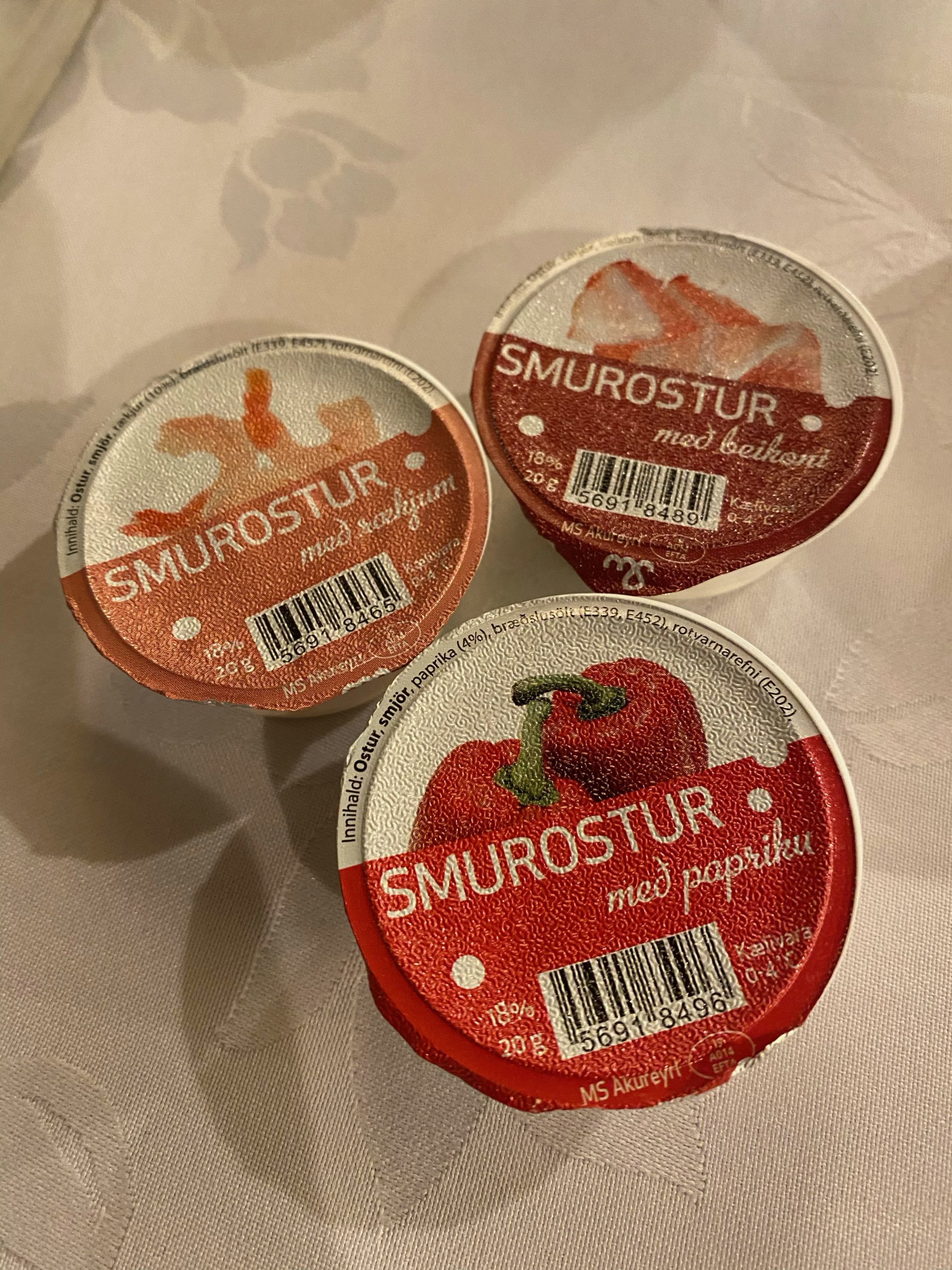
Our first stop was a Kirkjufell (Church mountain) and Kirkjufellfoss waterfall. The locals refer to the mountain as ‘Witches’ mountain’ due to it’s symmetrical conical shape. The area featured heavily in Game of Thrones, so has now become a sought after tourist destination.
We drove through heavy snow to reach the spot, and the snow and rain was heavy as we arrived. Undeterred, we braved the conditions to make the most of it!
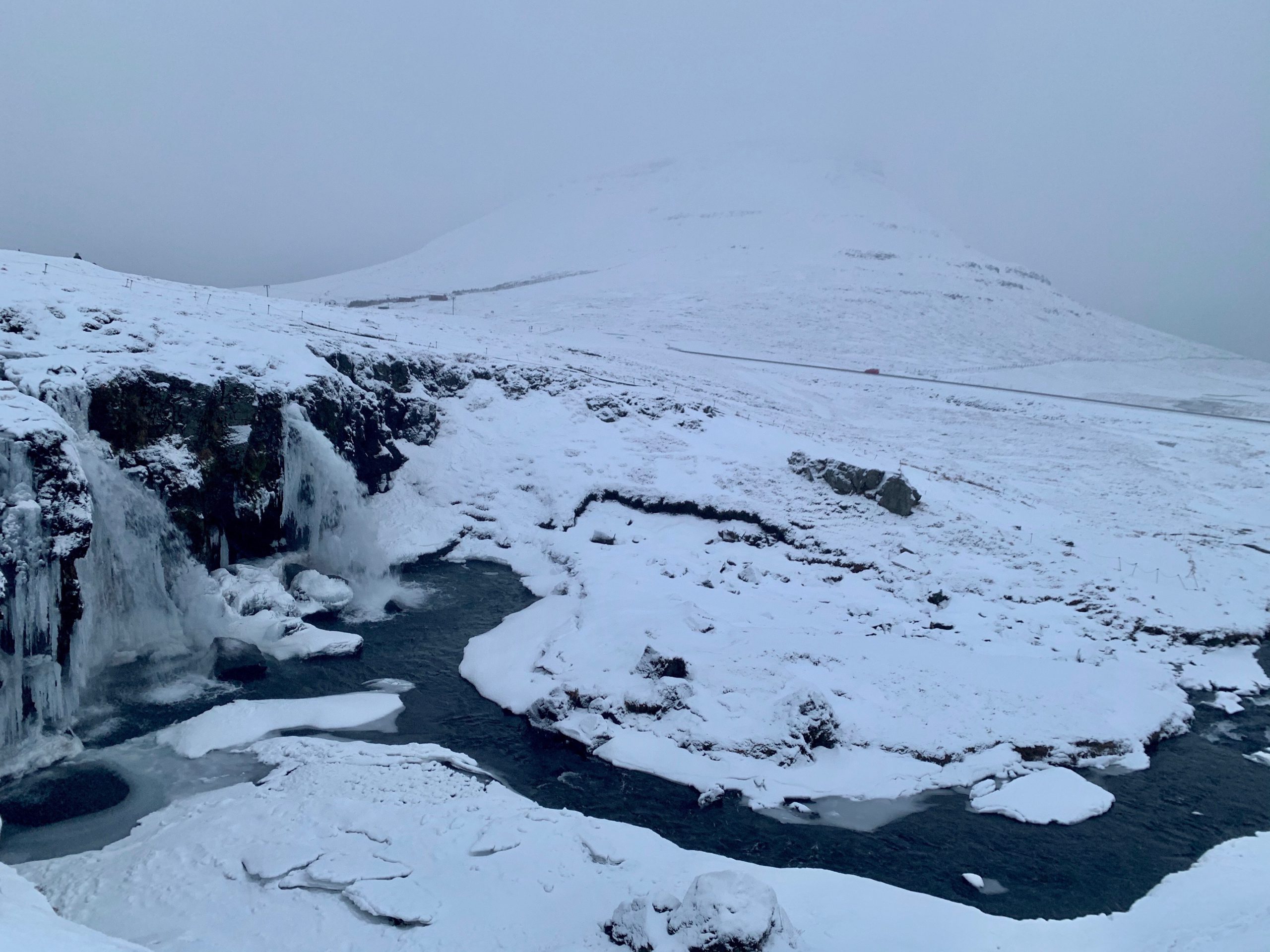
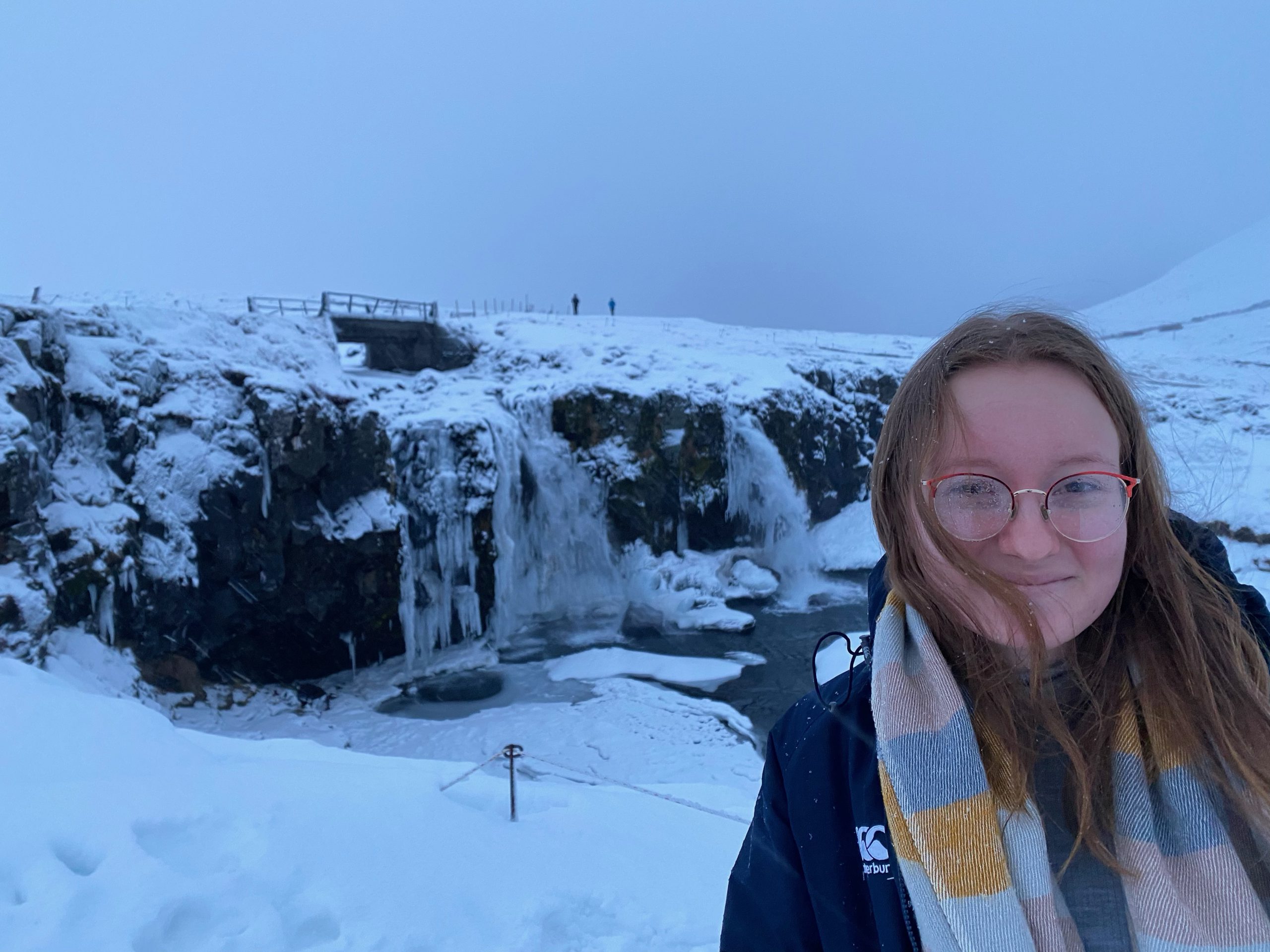
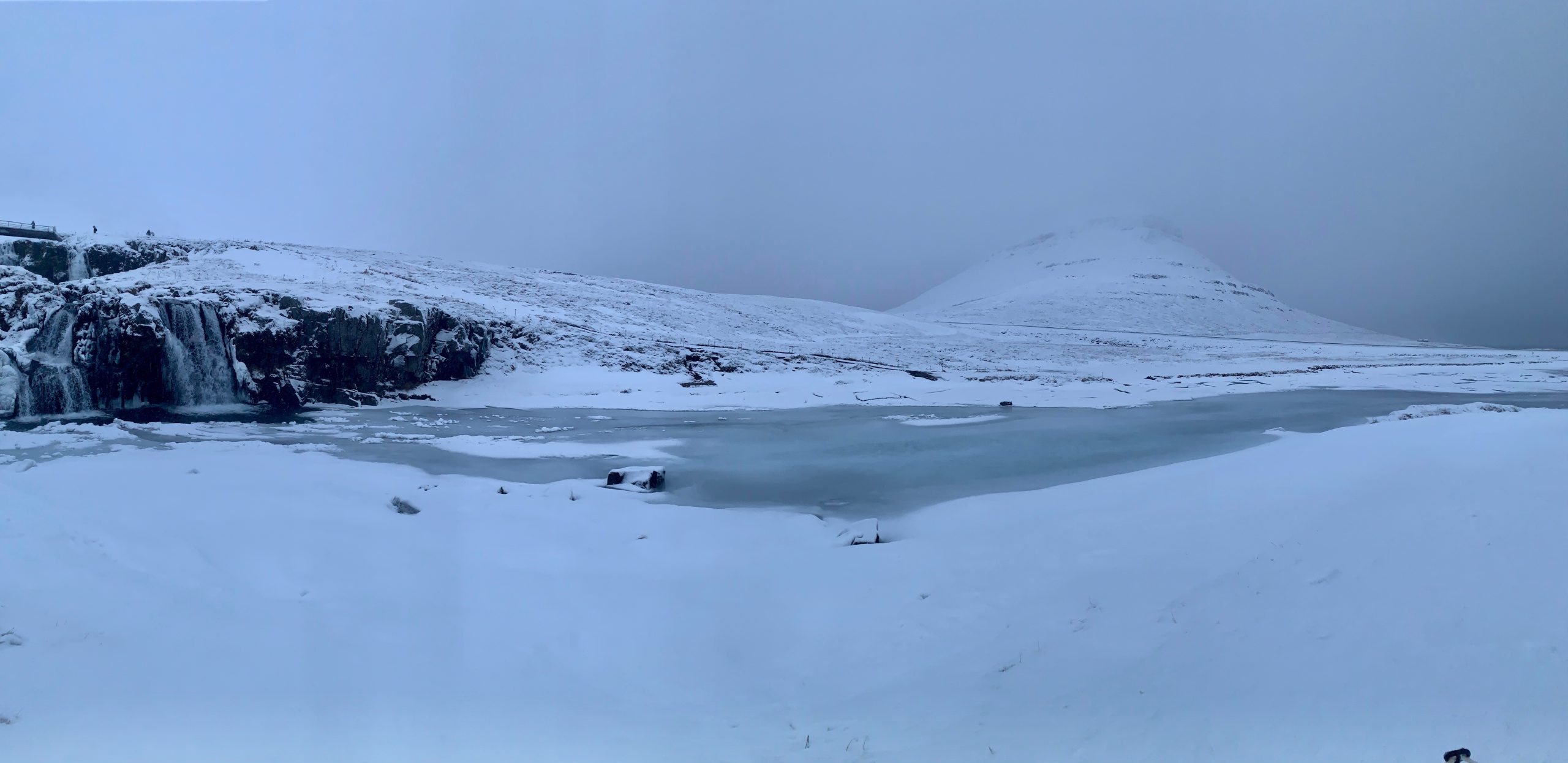
To give you an idea of what Kirkjufell could look like…
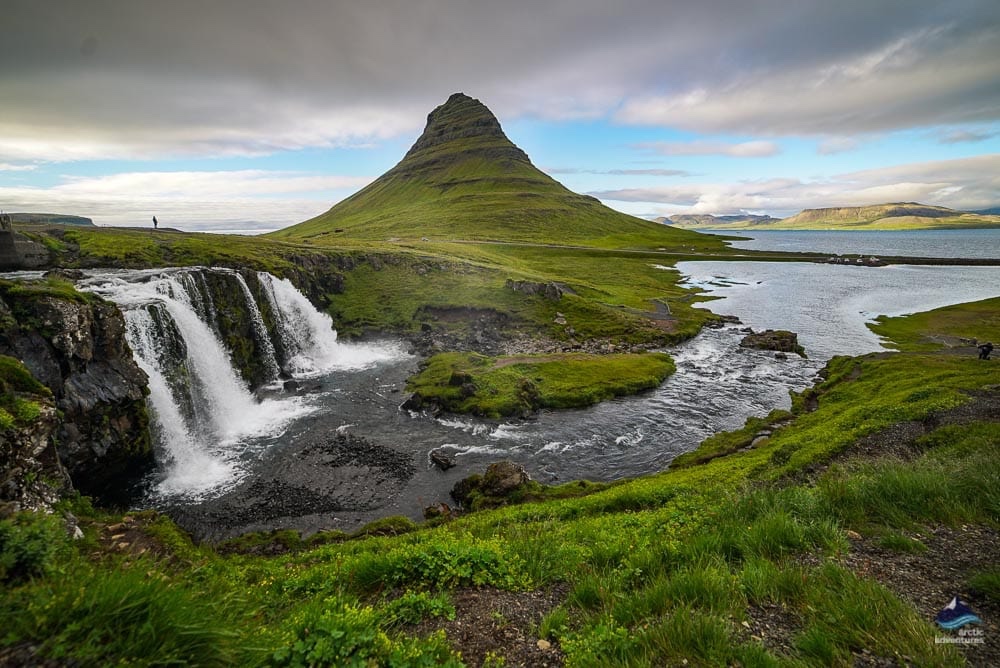
We travelled along the peninsula to a small fishing village named Ólafsvik. In the early 80s it was recognised that that fishing was being exploited and fishing quotas were imposed. Large companies bought up the quota from smaller operations, and the small villages were wiped out. Ólafsvik has begun to thrive again due to it’s proximity to Kirkjufell.
It’s amazing to see the difference in the landscape and conditions as you round a corner. Mountains that go straight to the sea v huge lava fields, moss filled flatlands v snow covered fields.
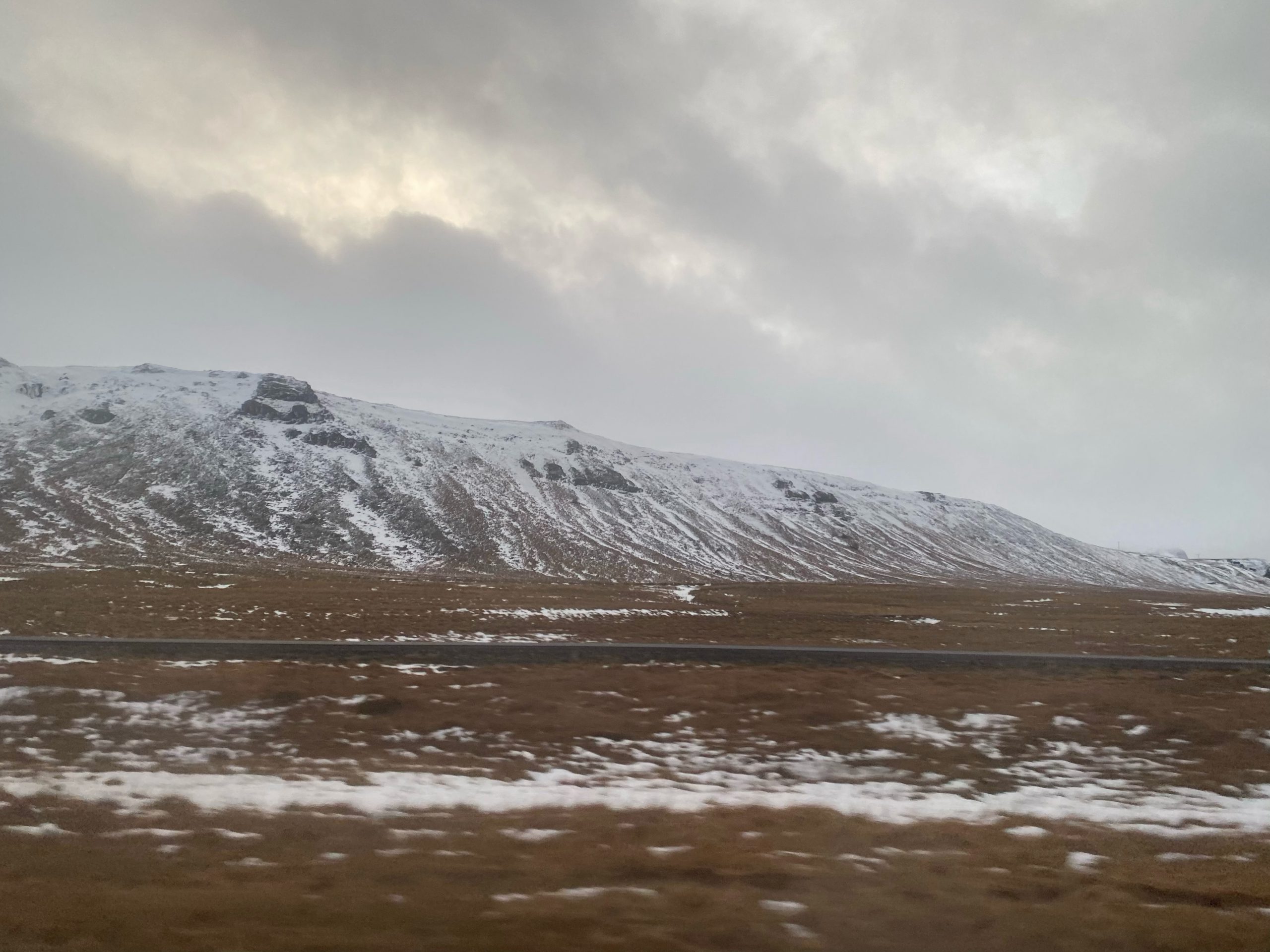
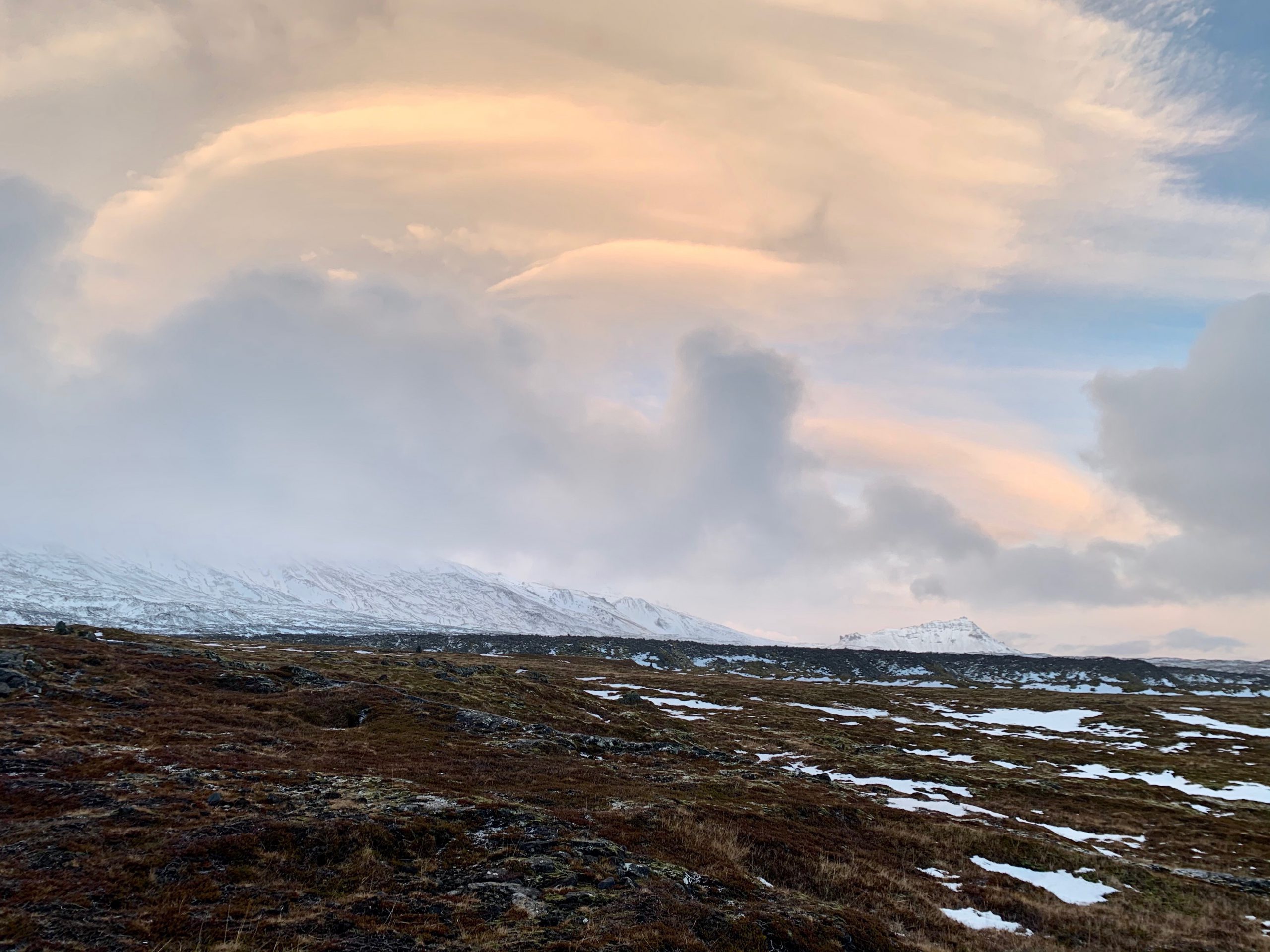
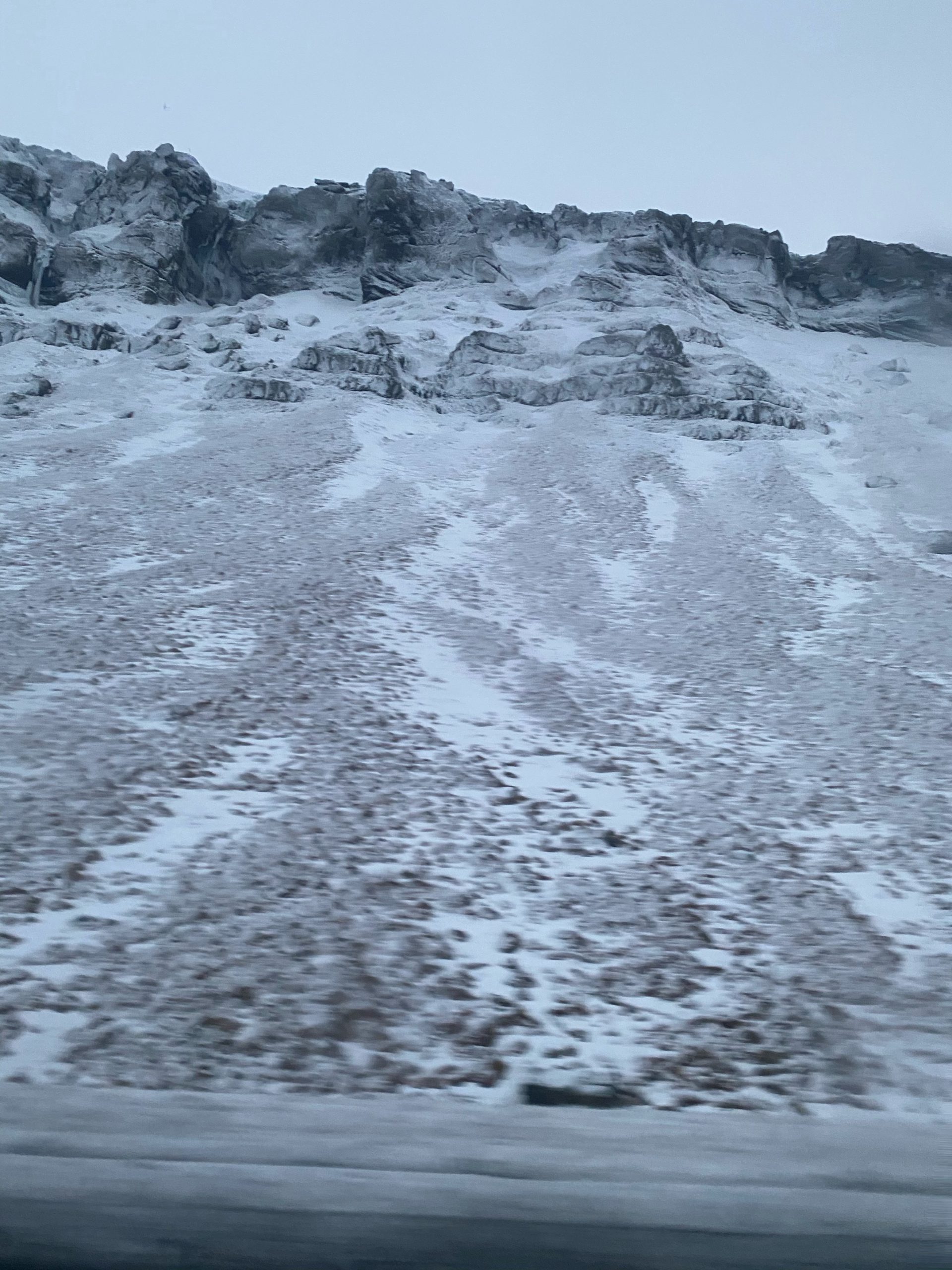
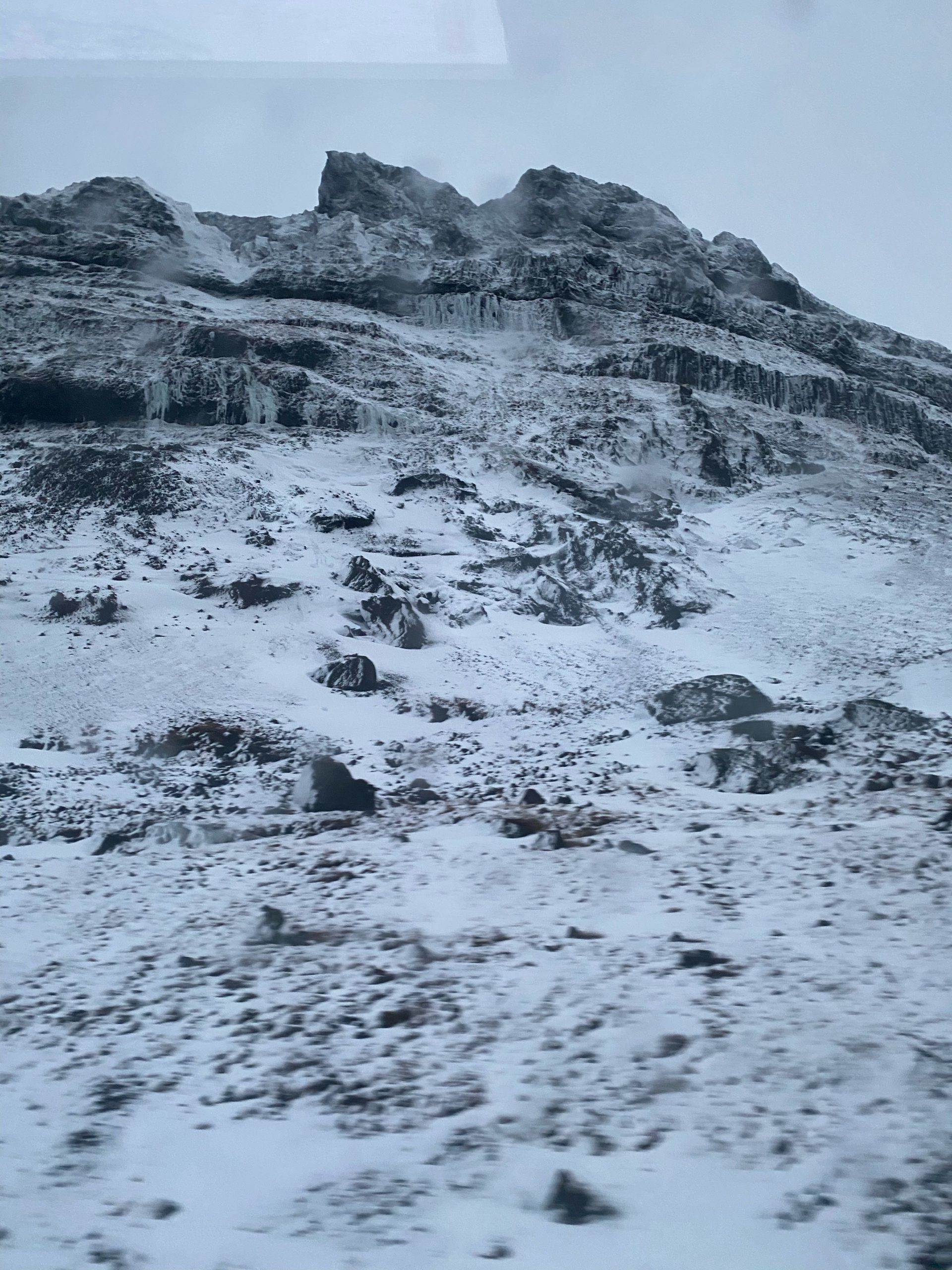
The volcano in the area is also considered to have special ‘energy’ so is a haven for yoga retreats. Apparently aliens were also expected to land here in November 1993, and people flocked to the area from all over the world… sadly the presence of the Icelandic media put them off.
Vatnshellir Caves are 8000 year lava tubes created by a volcanic eruption. As the lava rushed down the hill, it cooled on the surface with the hot lava flowing beneath. When the eruption finished, the lava went to the sea leaving the caves. The caves featured in Jules Verne’s 1864 book Journey to the Centre of the Earth. The last eruption was 1800 years ago, and it can take a couple of centuries to cool.
The caves are huge, and rocky underfoot. There’s evidence of copper, magnesium and iron throughout, bringing colour to the cave. There are also stalagmites on the ground, formed by drips from above.
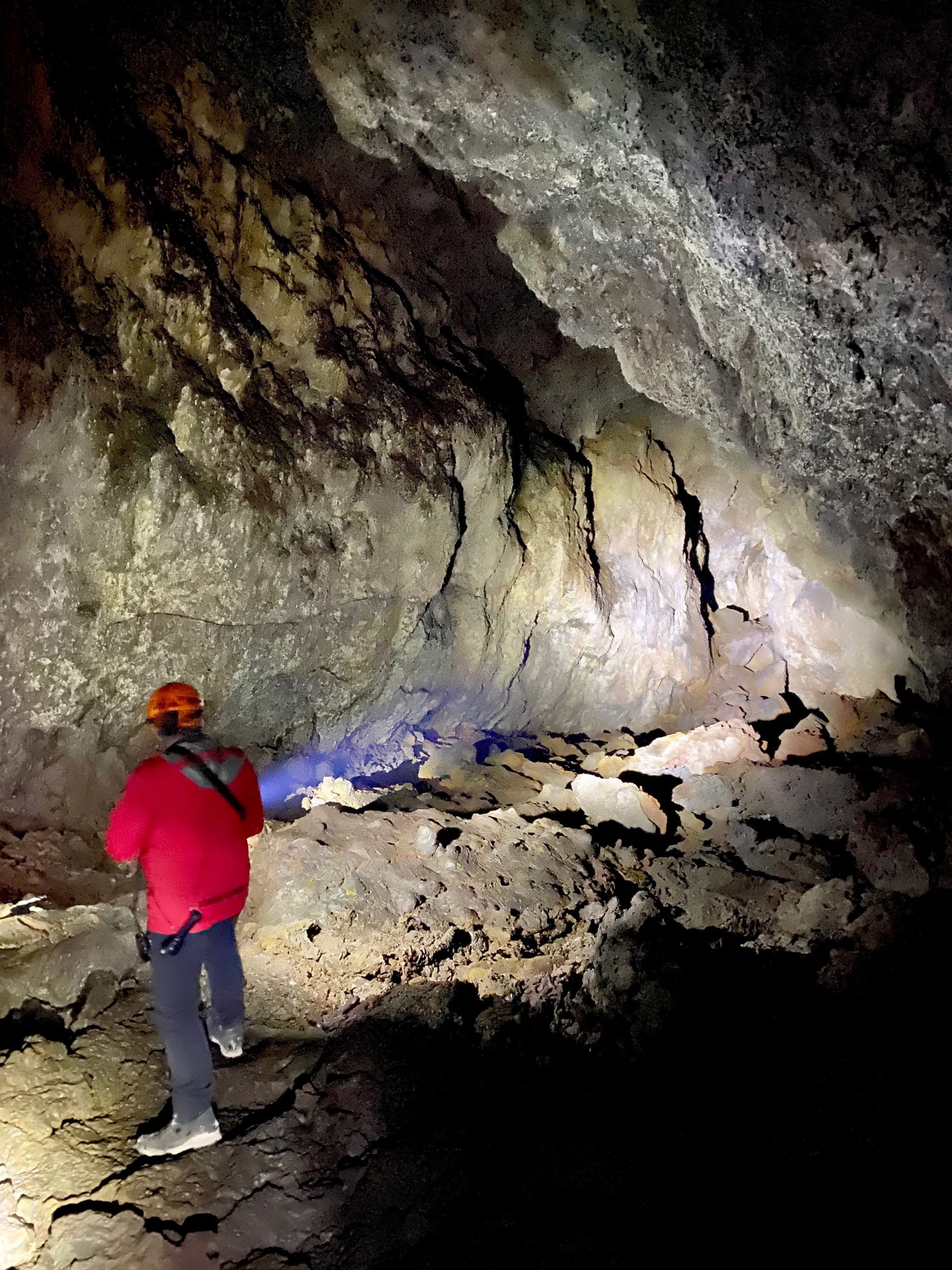
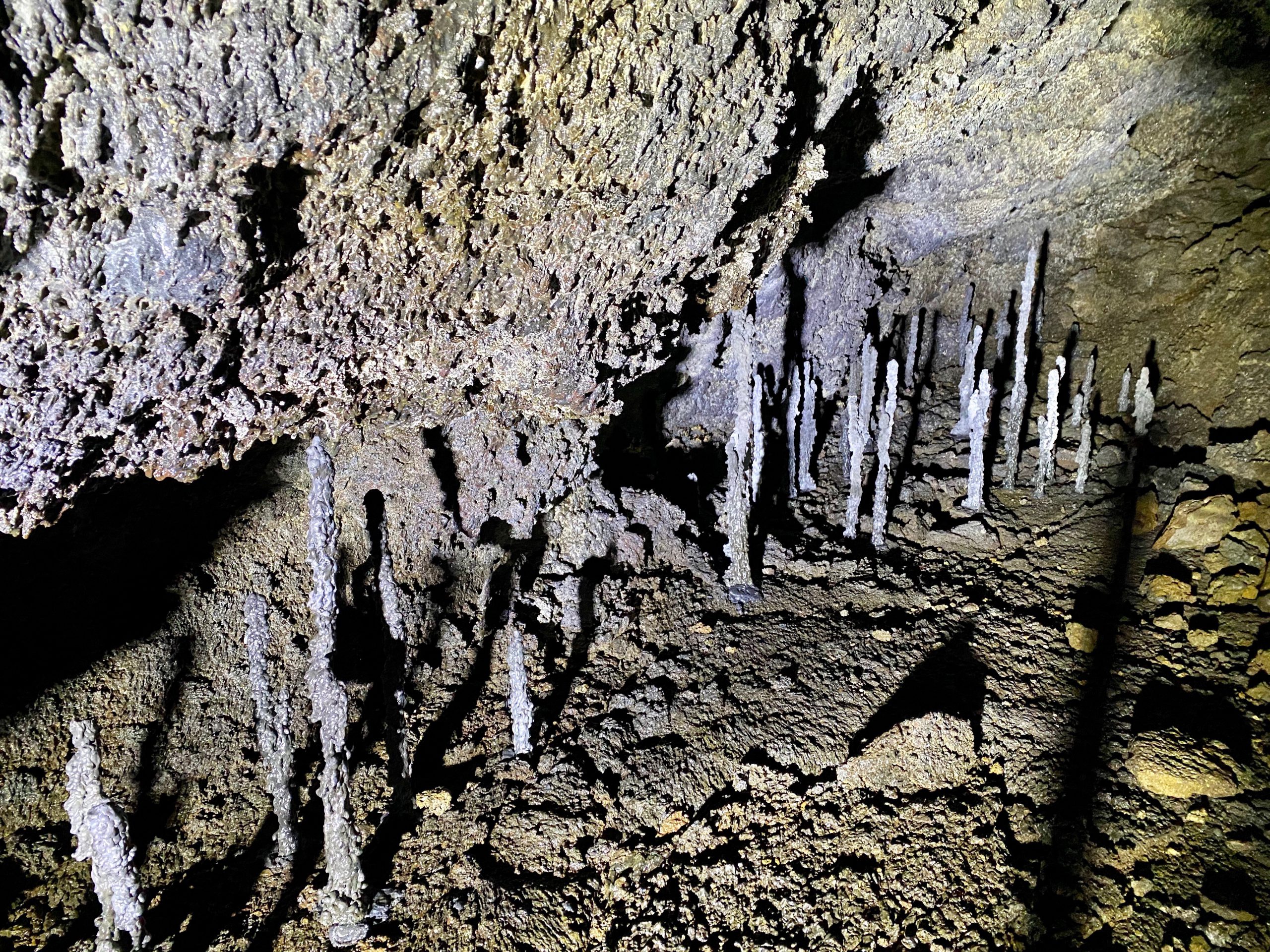
We descended about 30m into the cave… Who would have thought a fear of heights could come into play underground?!?!

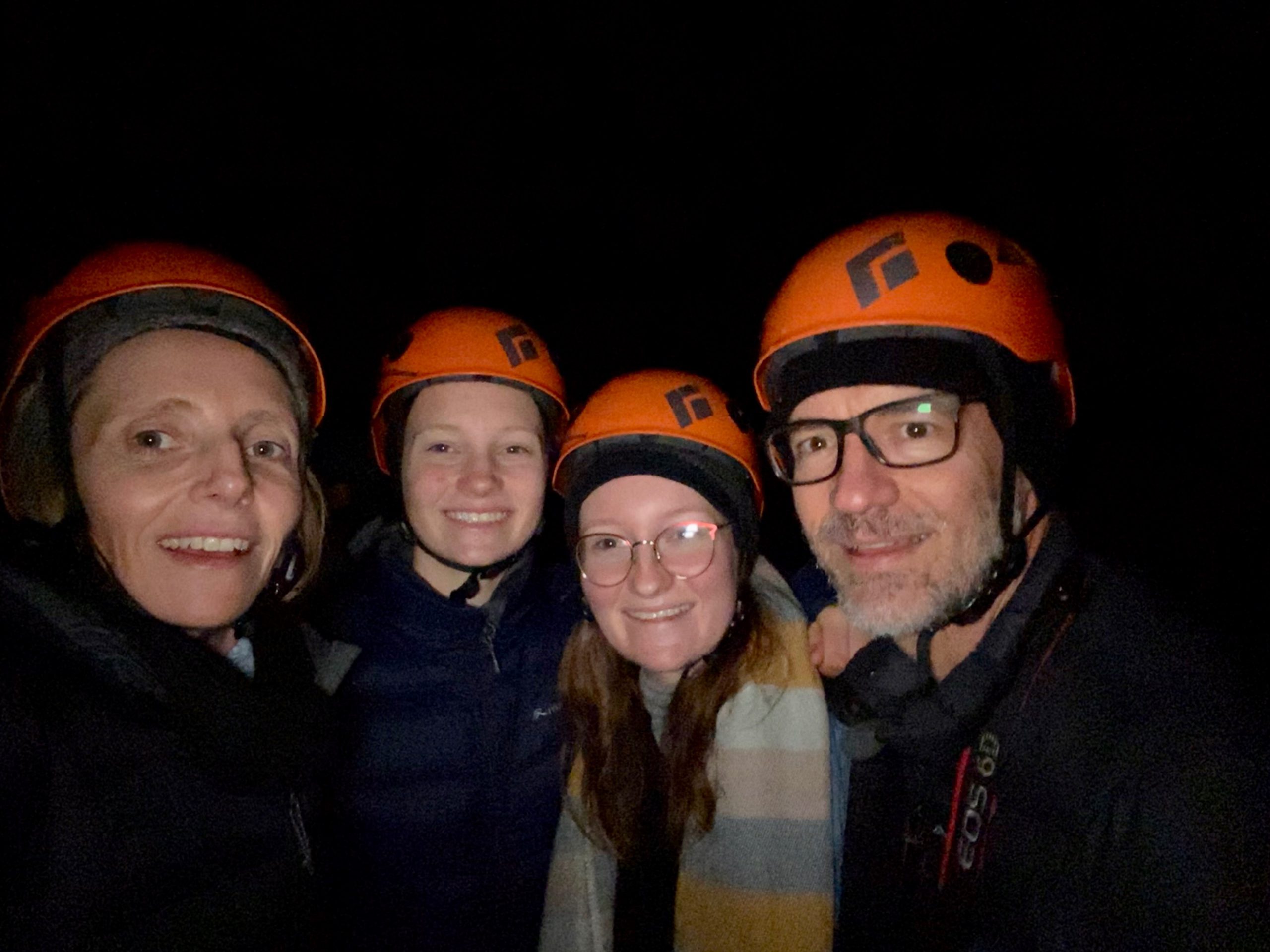
The lava caves are also home to the trolls. The legends of the trolls originated from people who would walk the lava fields, and disappear. During the snowy months, this was generally because they’d fallen into the snow covered cave entries, so the trolls are also a convenient way to discourage children from playing in dangerous areas.
Djúpalónssandur (no, I can’t pronounce that!) beach is covered in basalt, and the remains of a British trawler that ran aground here in 1948. There were stones at the entry to the area that were used to test the strength of the sailors, and therefore determine the role they could play on a fishing boat. They ranged from 154kg (‘full strong’) to 23kg (‘Hamlet or weakling’). What an elegantly simple selection process! The stones throughout the beach area varied in size, but for the most part were all really light.
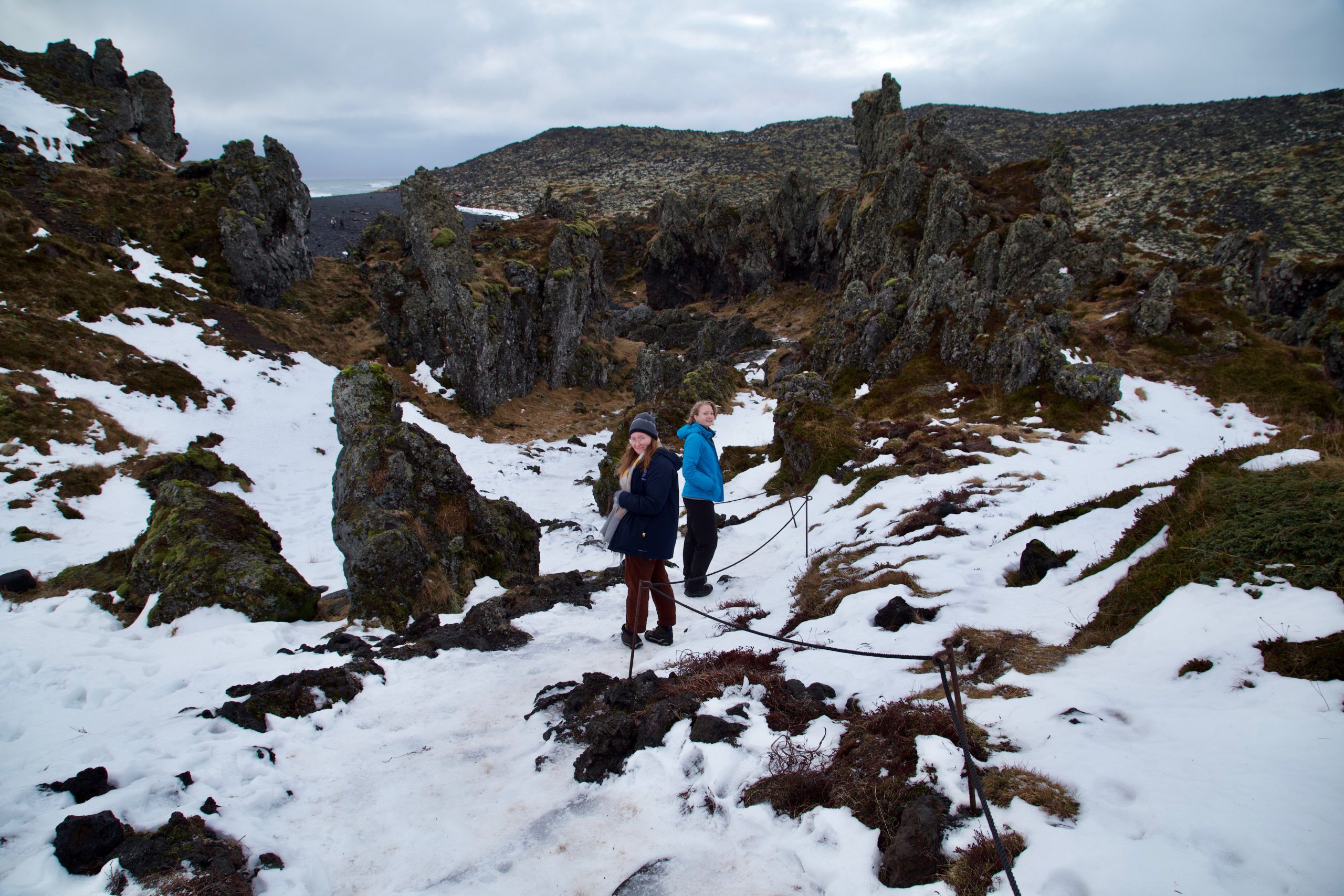
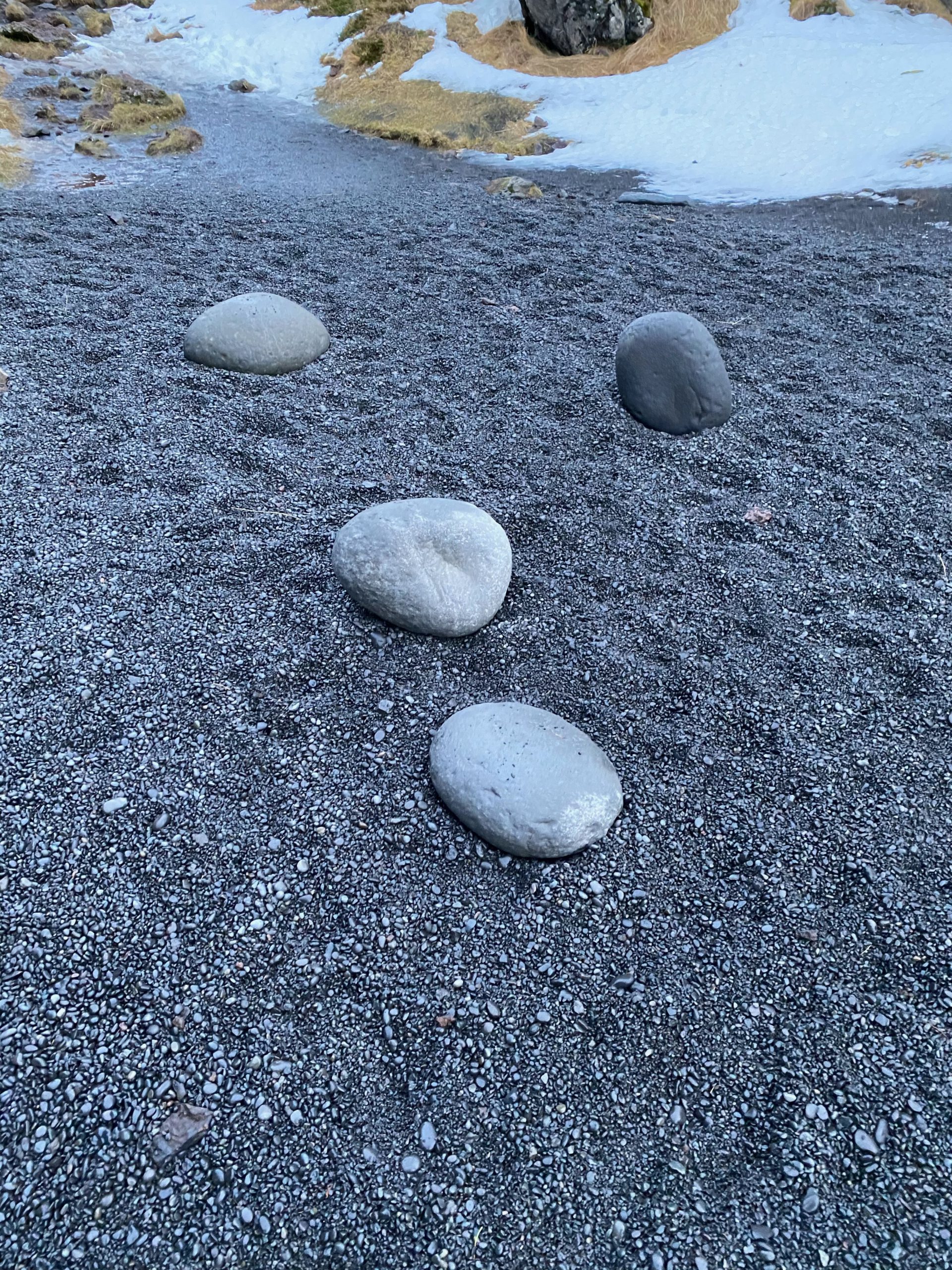
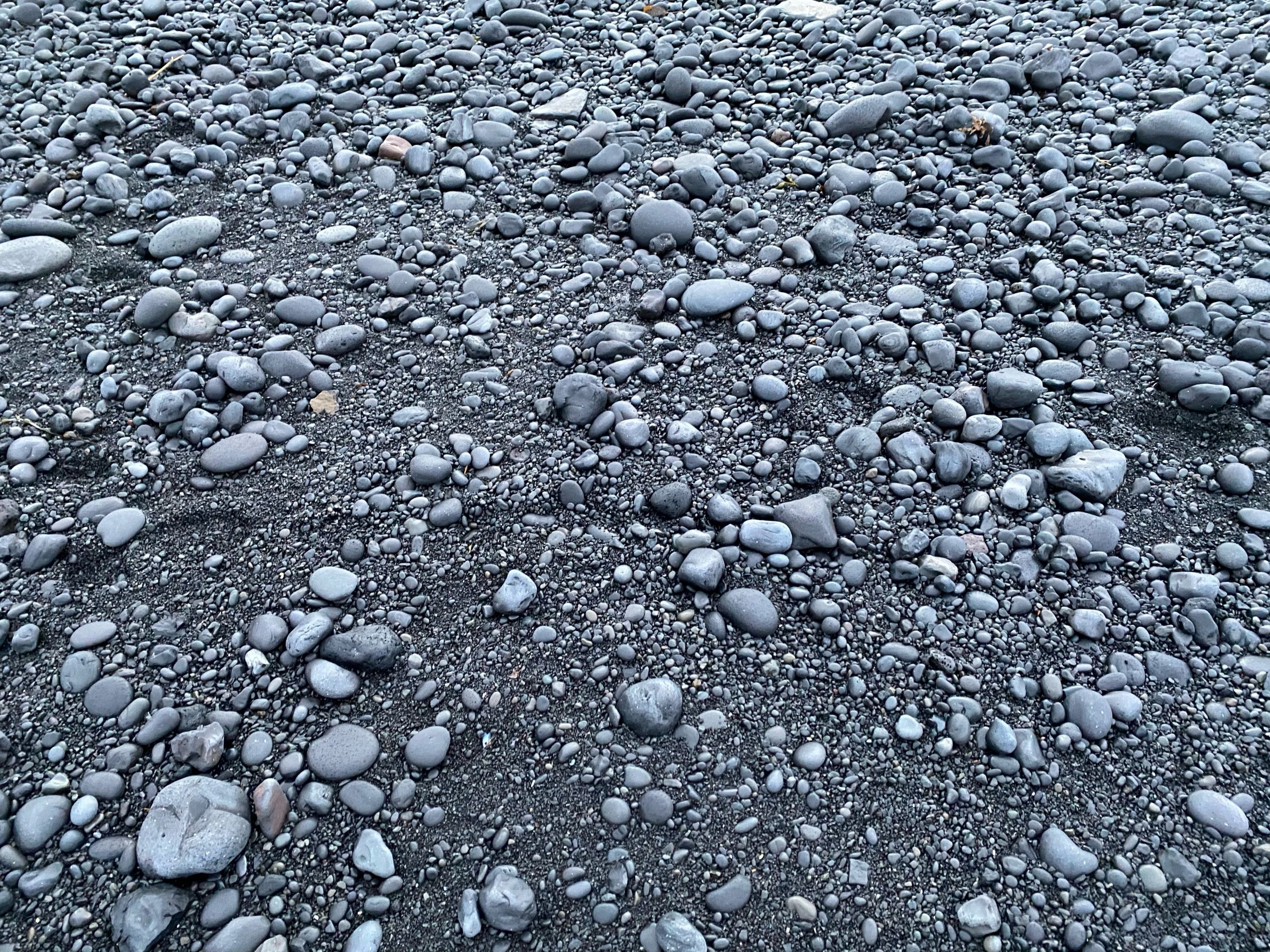
The rock formations at the beach were striking, and the waves were strong close to shore. It was a beach like no other we’ve seen in the world.
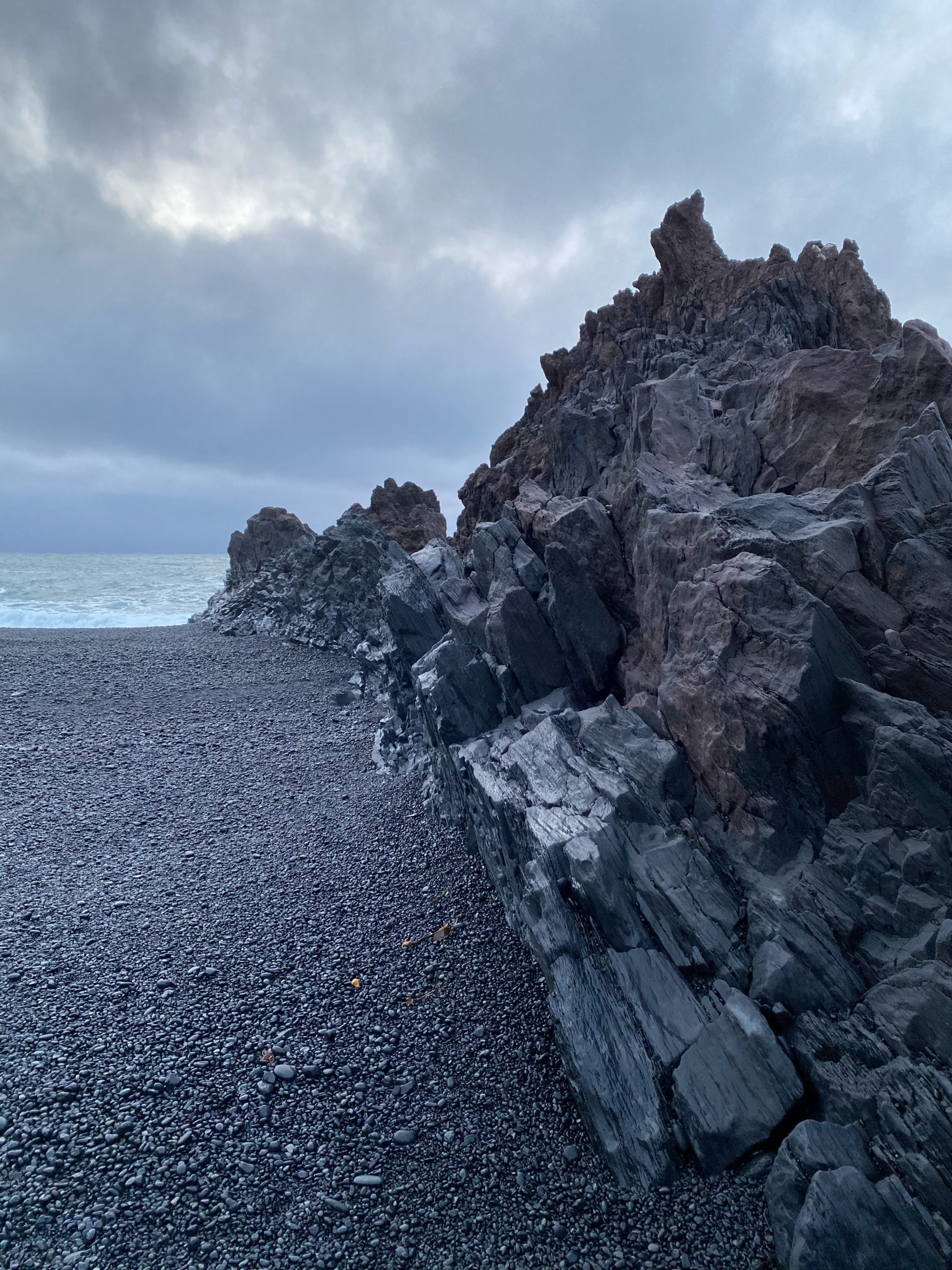
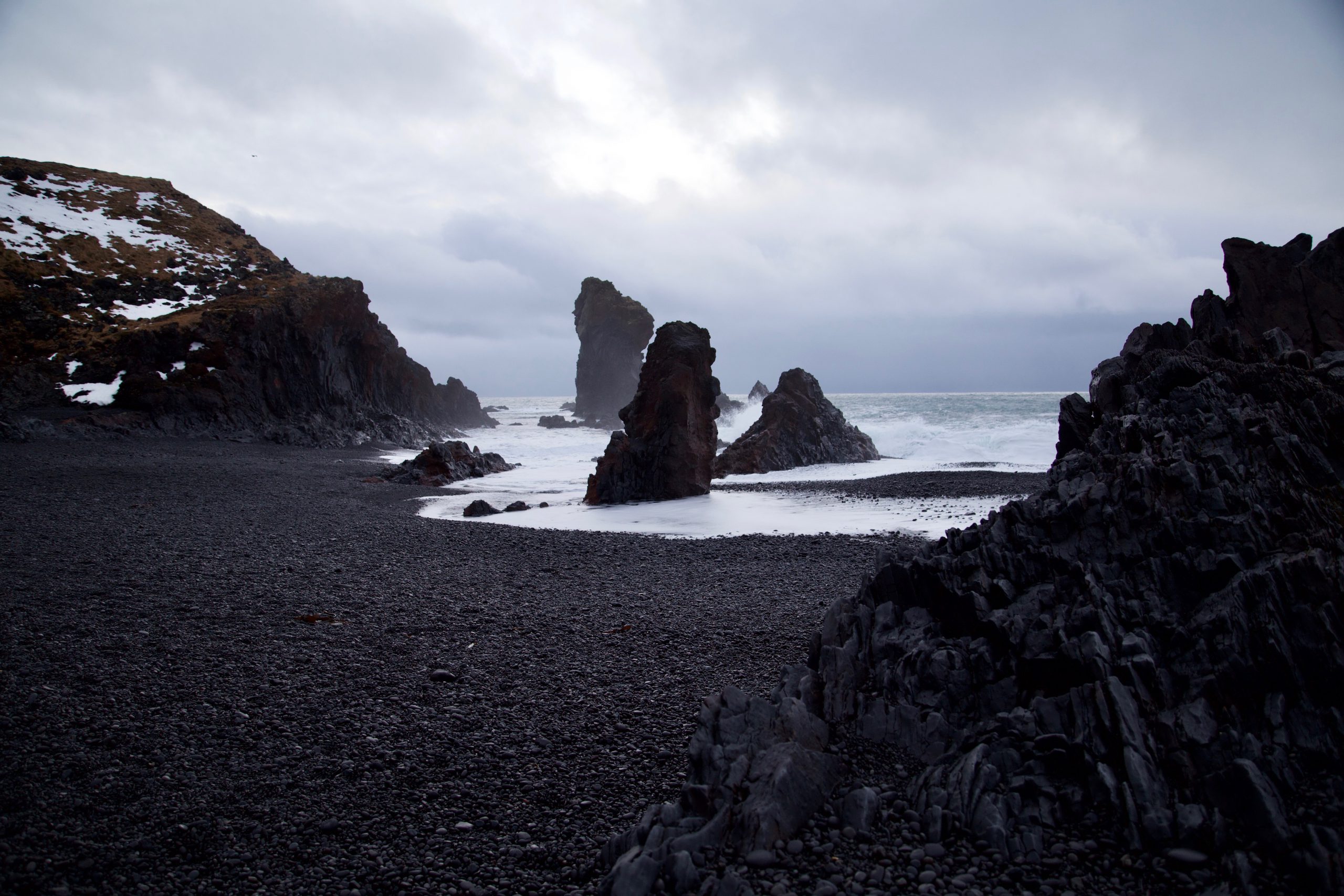

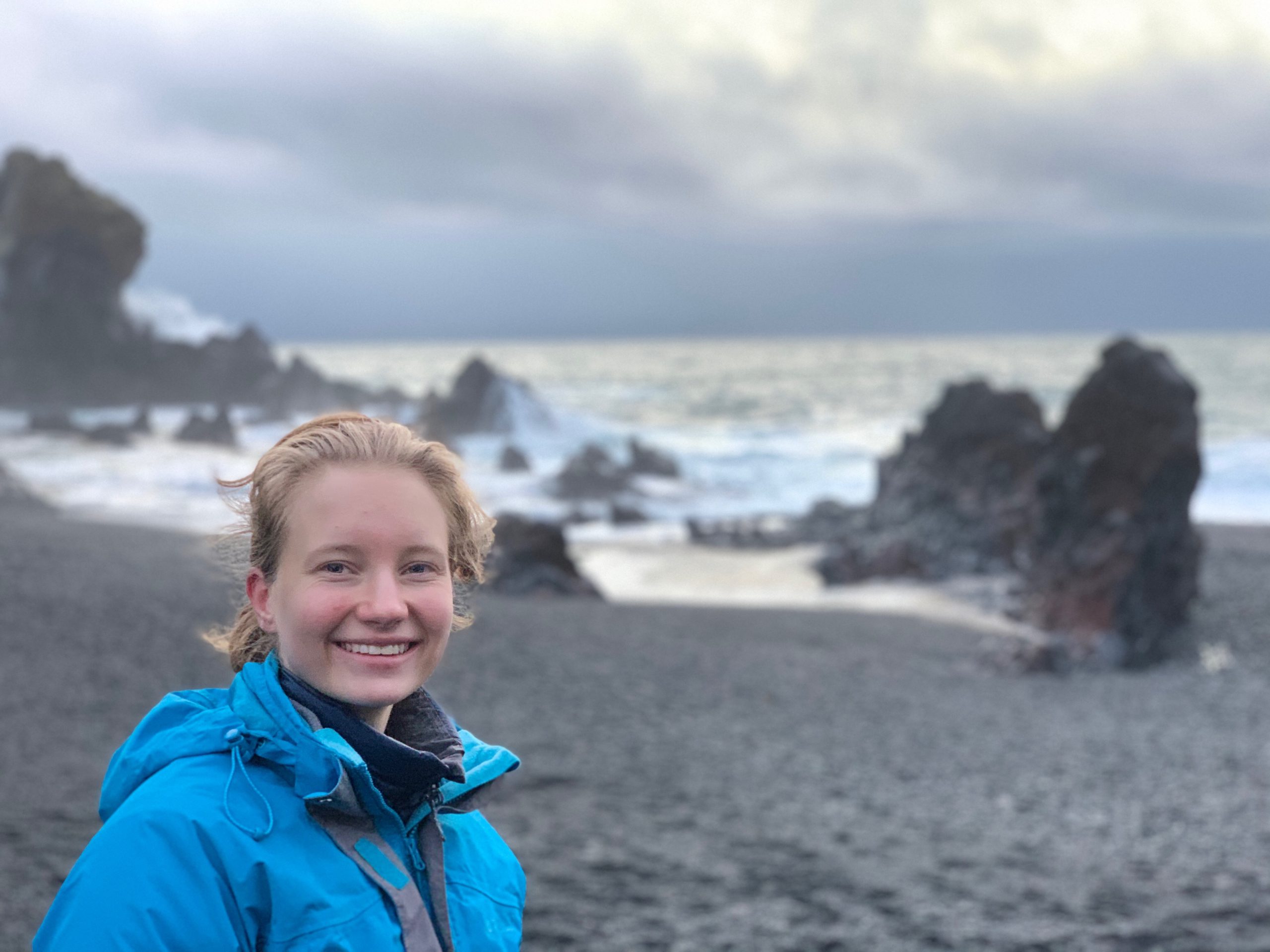
The last minutes of light in the day were spent at Arnarstapi, a harbour village and holiday town. It serviced the Danish crown from the 16th to 19th centuries, and was an important commercial centre.
We stretched our legs with a walk along the coastline on the lava field between Mt Stapafell and the water, enjoying the views of unique rock formations. Again, the variety in this landscape is amazing… it would be a geologist’s paradise!
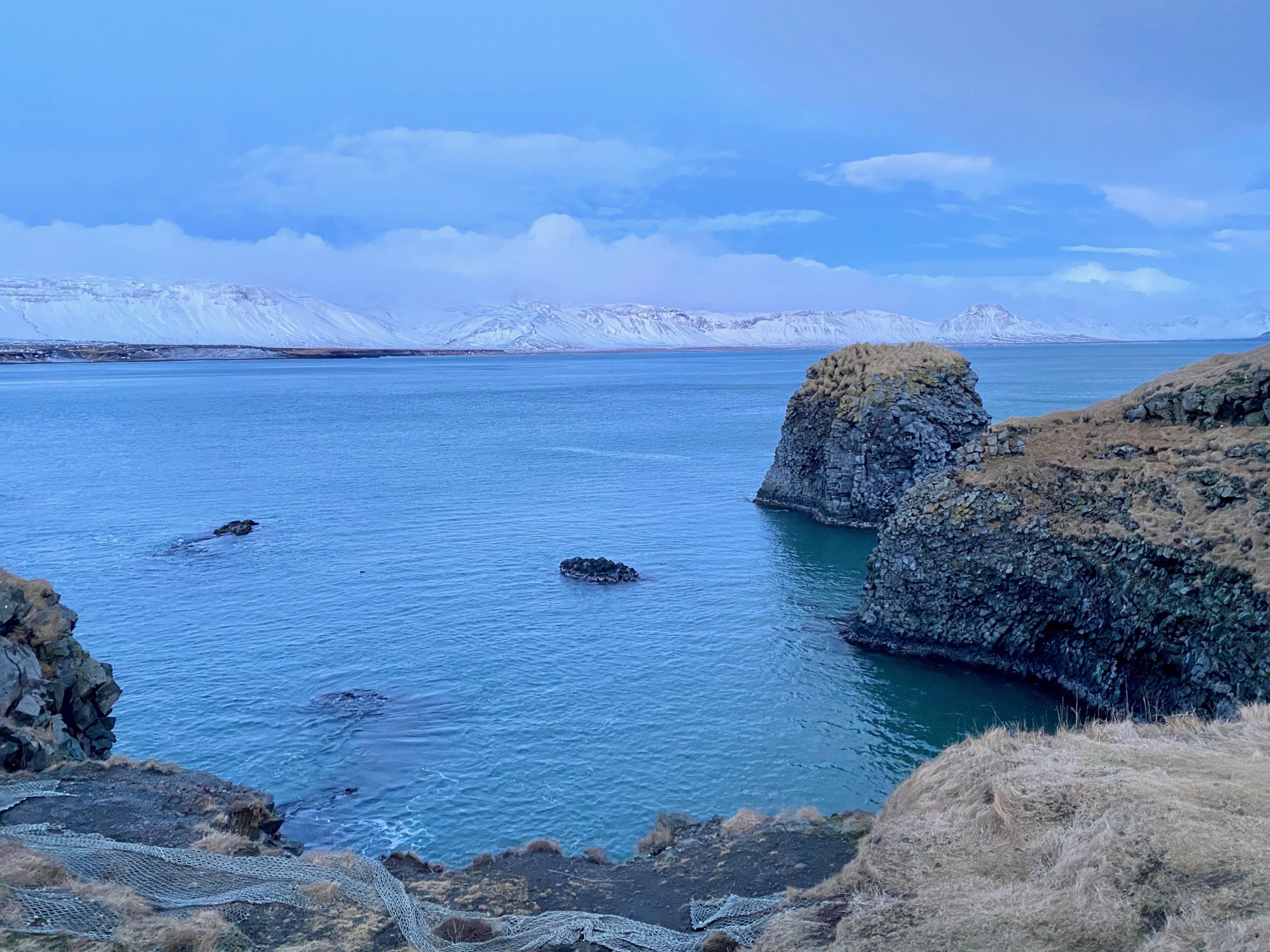
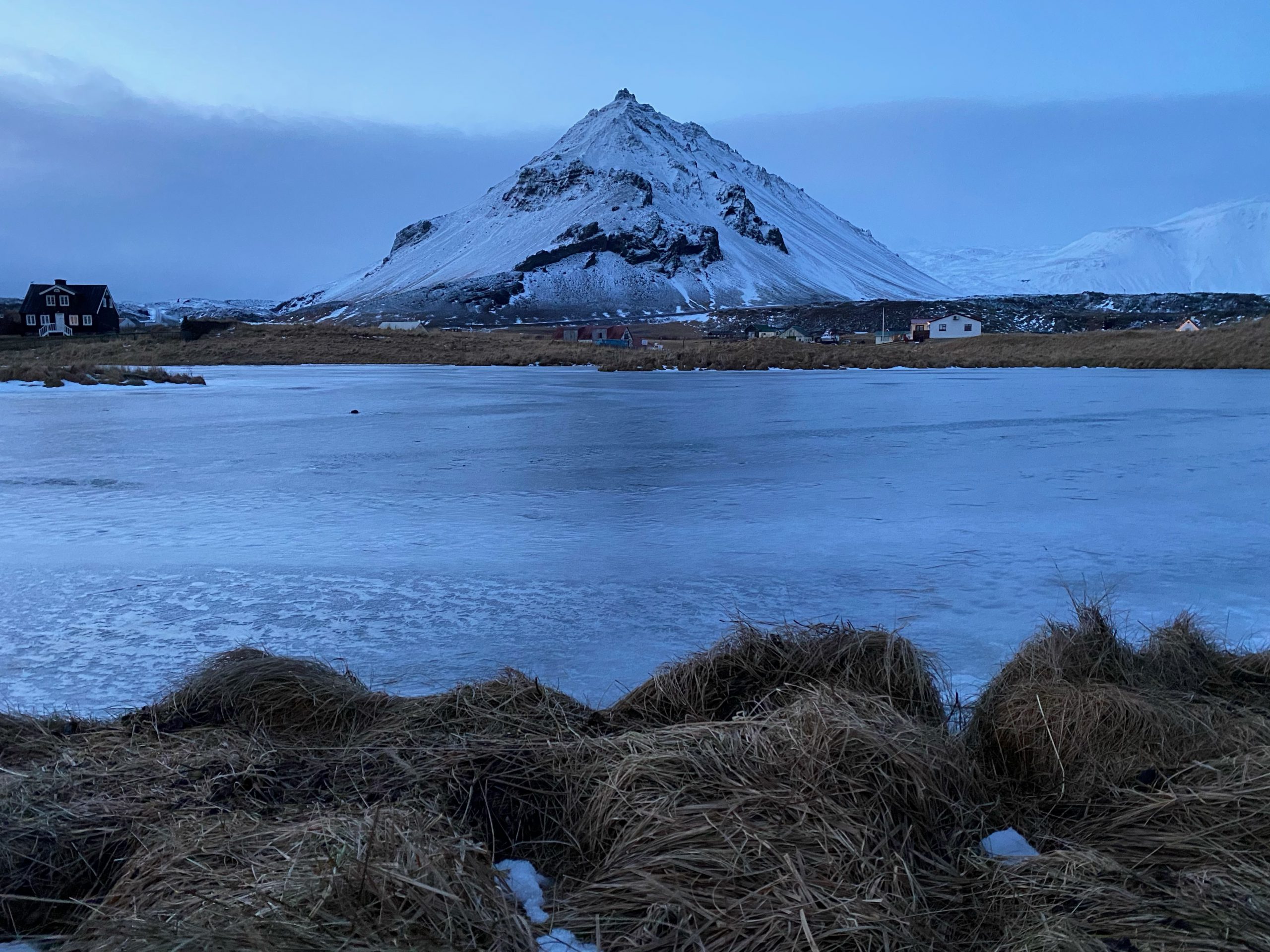
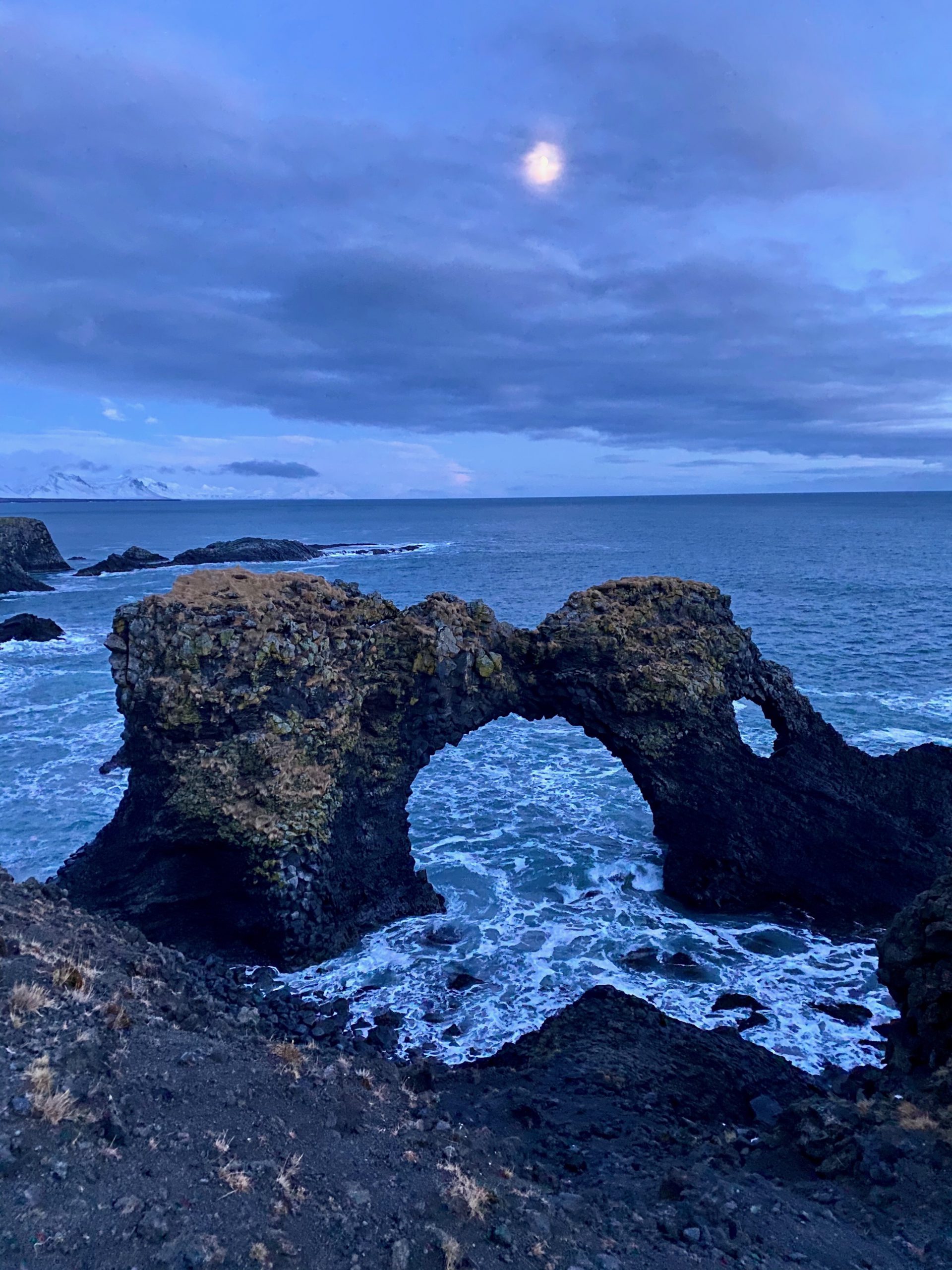
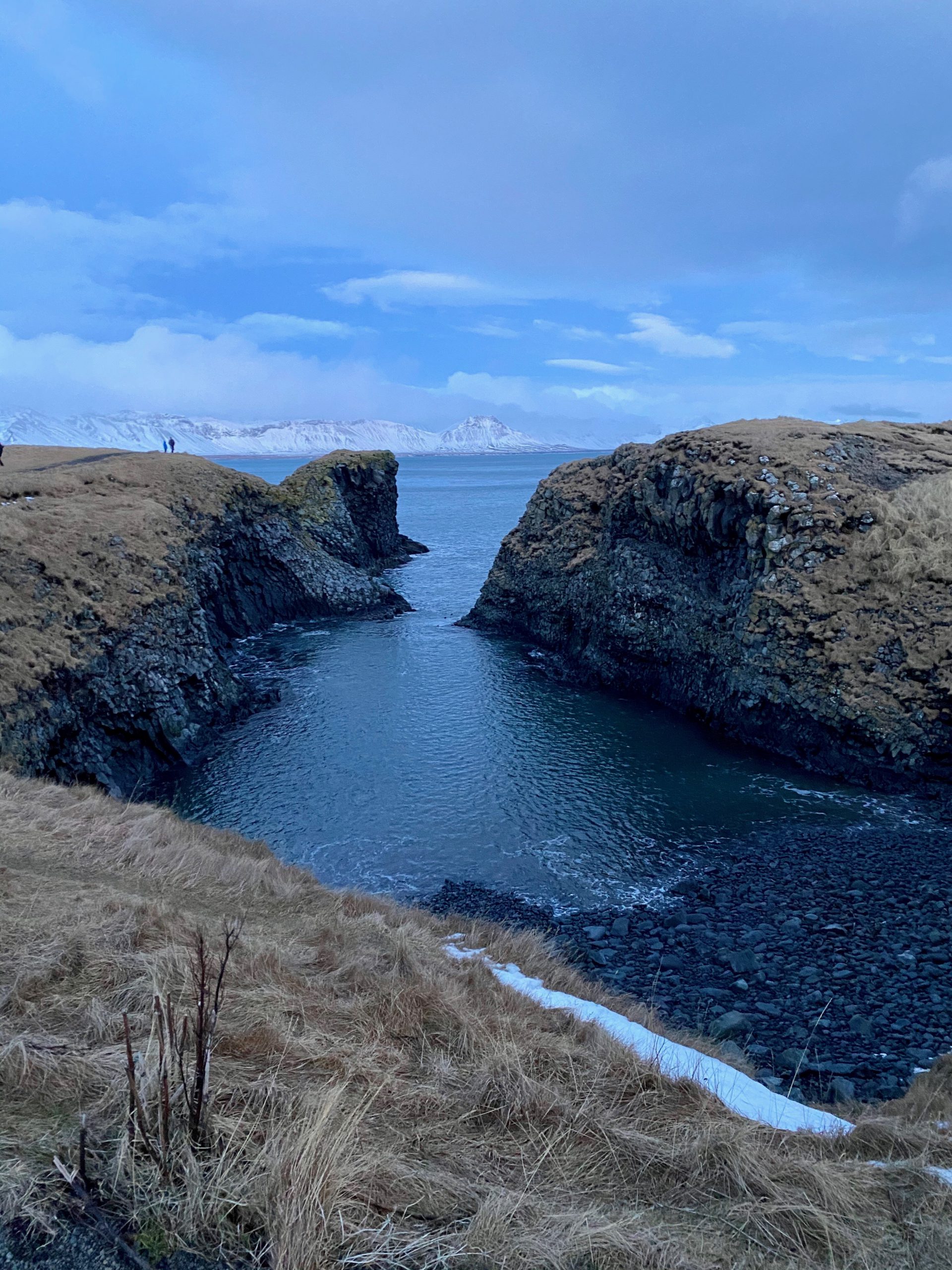
The area is also known for the Bárour saga, a story of a half human and half ogre who was descended from giants. He staked a claim over the land, and in the end disappeared into the Snæfull glacier, but did not die.
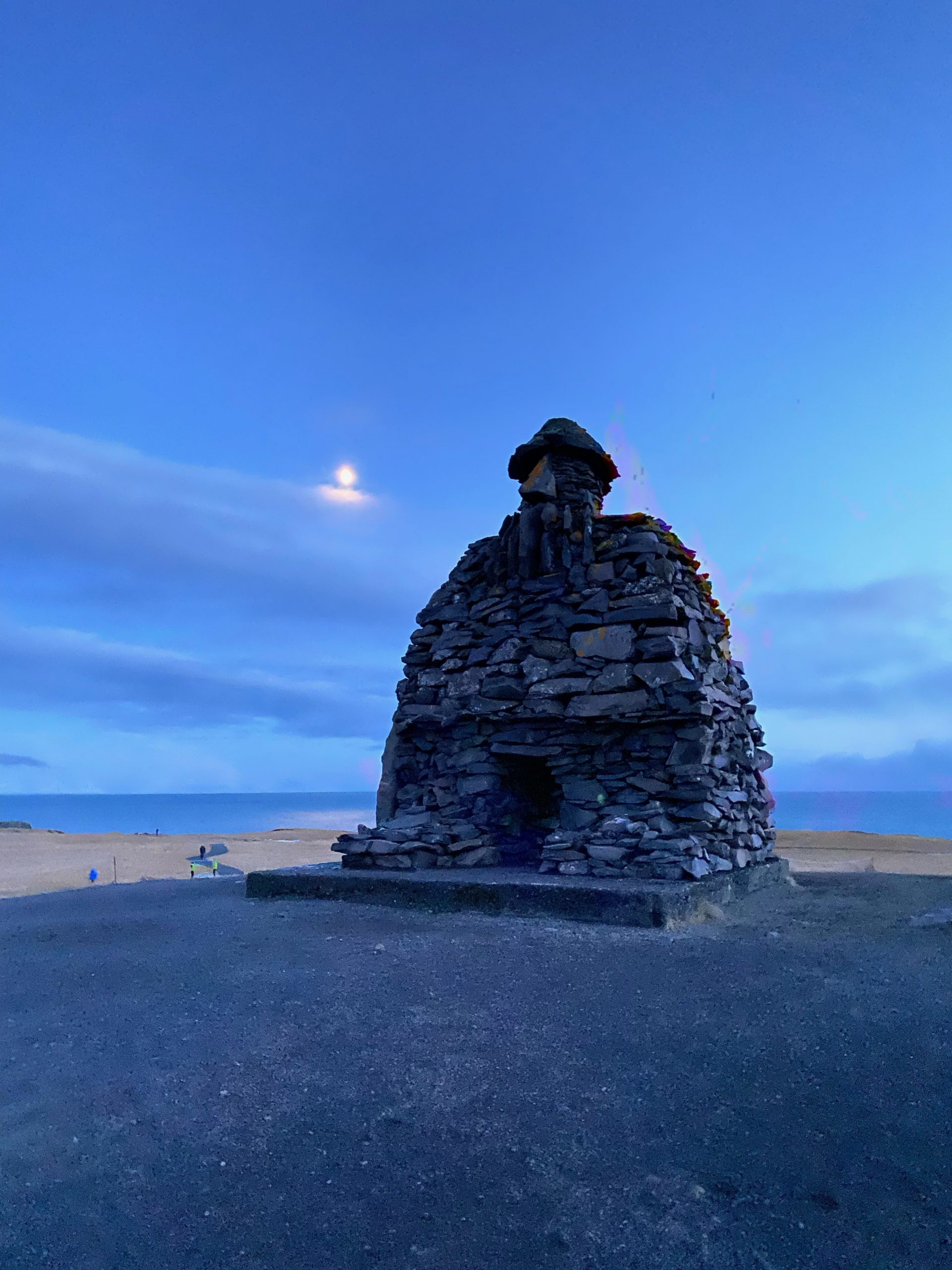
We got back to Reykjavik at about 8, with a tip off from our guide about the local thermal pools. Apparently, visiting the hot tubs are a common Icelandic pastime as a place to wind down and catch up with friends. Reykjavik Council established 7 large public pool complexes in the city to encourage a healthy lifestyle. Considering the size of the city, it’s a huge investment!
The pools and hot tubs are mostly outdoors, and range in temperature – one tub was 6 degrees, and then there was a range of 38, 40, 42 and 44 degrees. Of course we sampled them all, and agreed that the 38 degree was the most pleasant. No cameras or phones were allowed inside – good for safety, and for encouraging conversation.
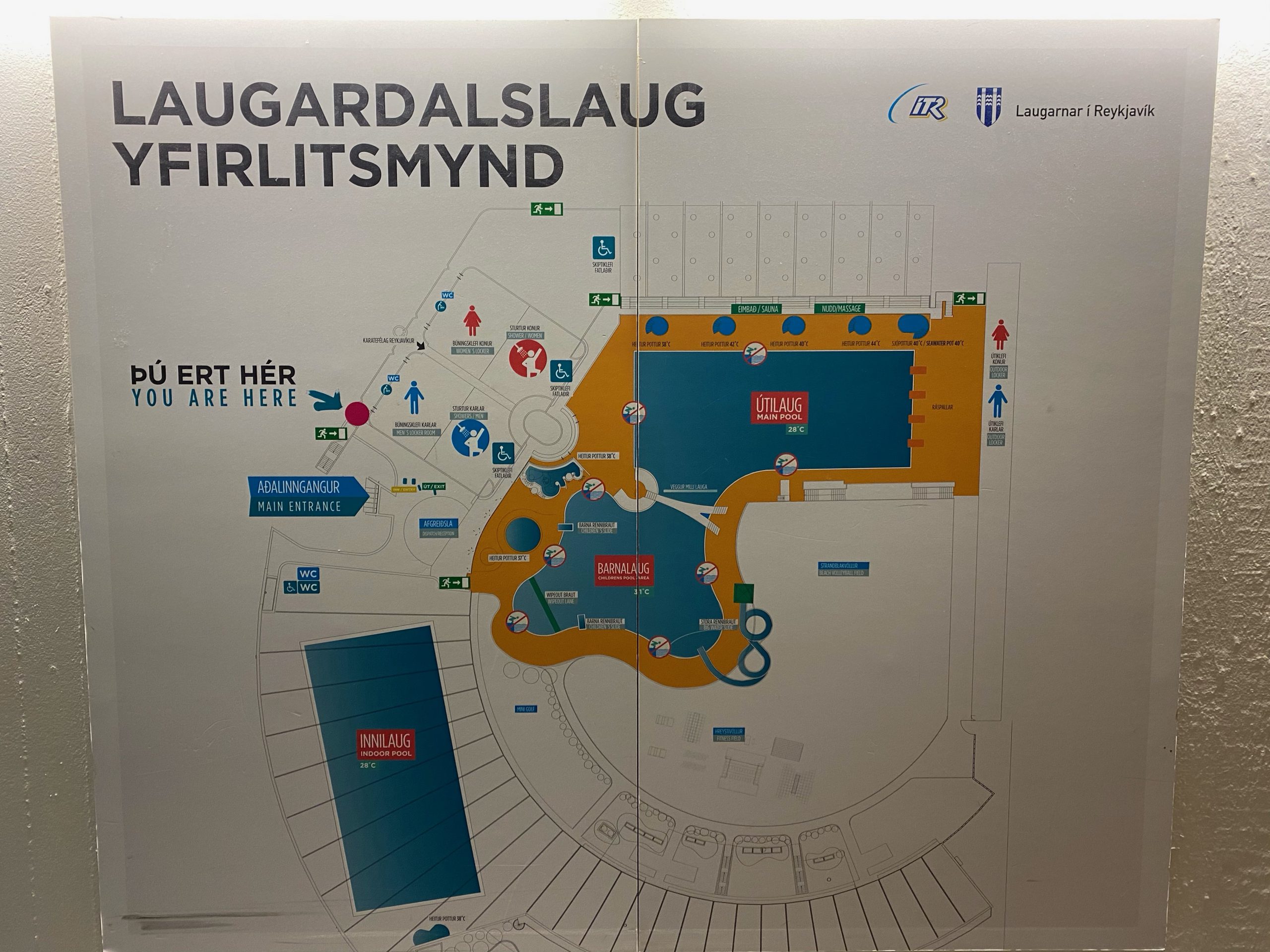
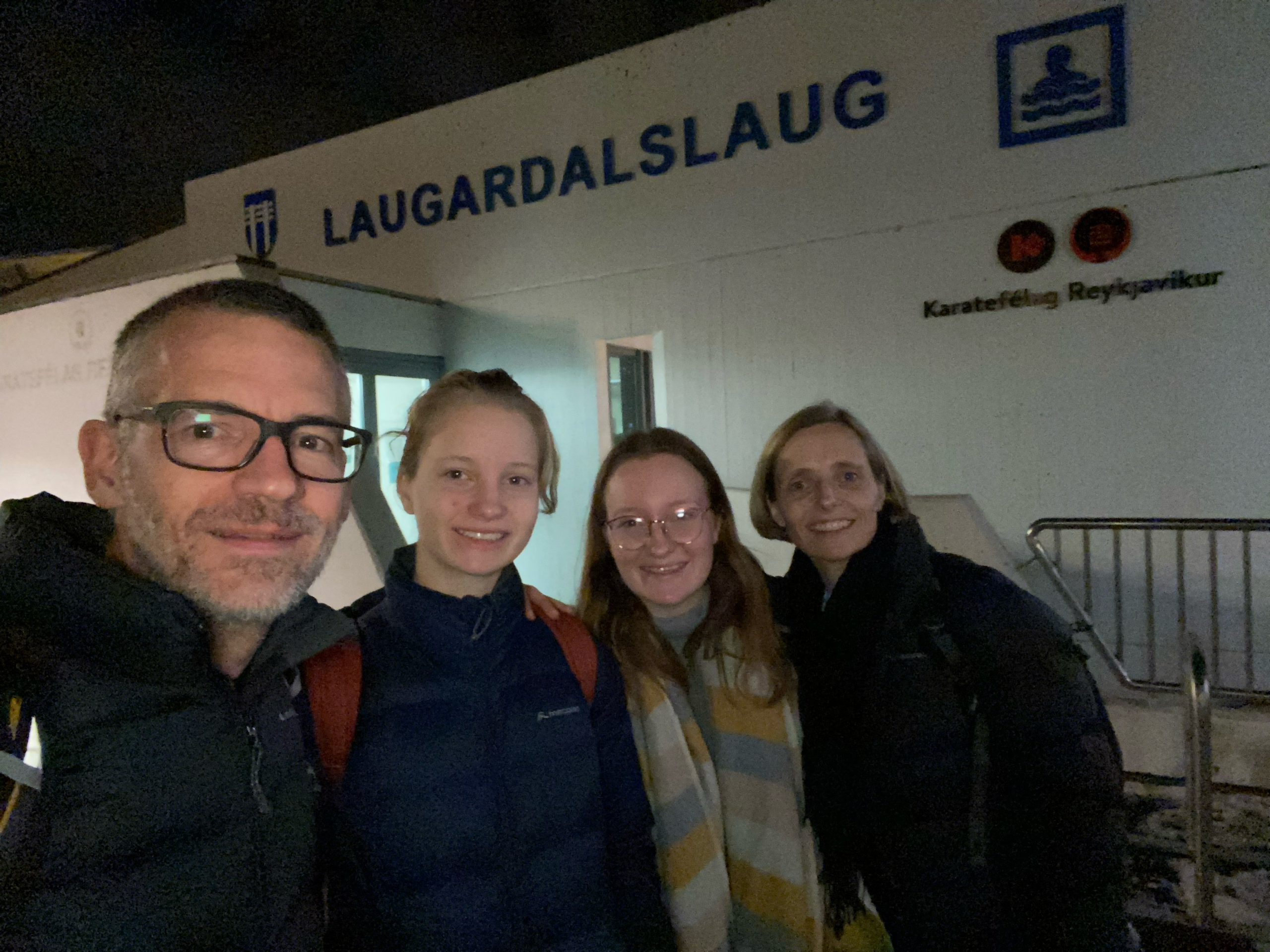
Throughout the evening fireworks lit up the sky to celebrate the 12th day of Christmas. I guess this means that Christmas is officially over!
Love M & theBunch x
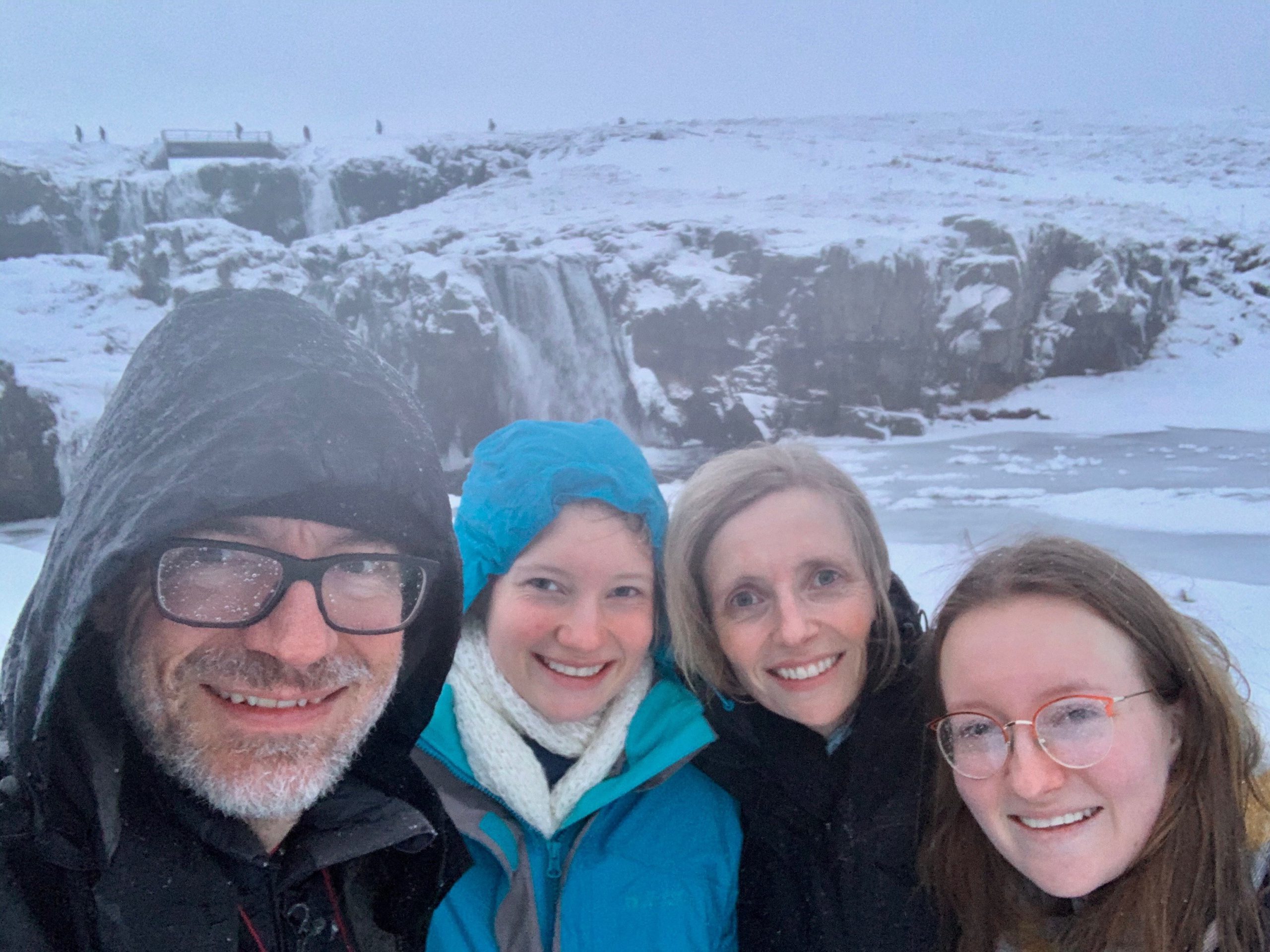
Sun: 11:30-15:31
Temperature: 1-5, wind 30km/h
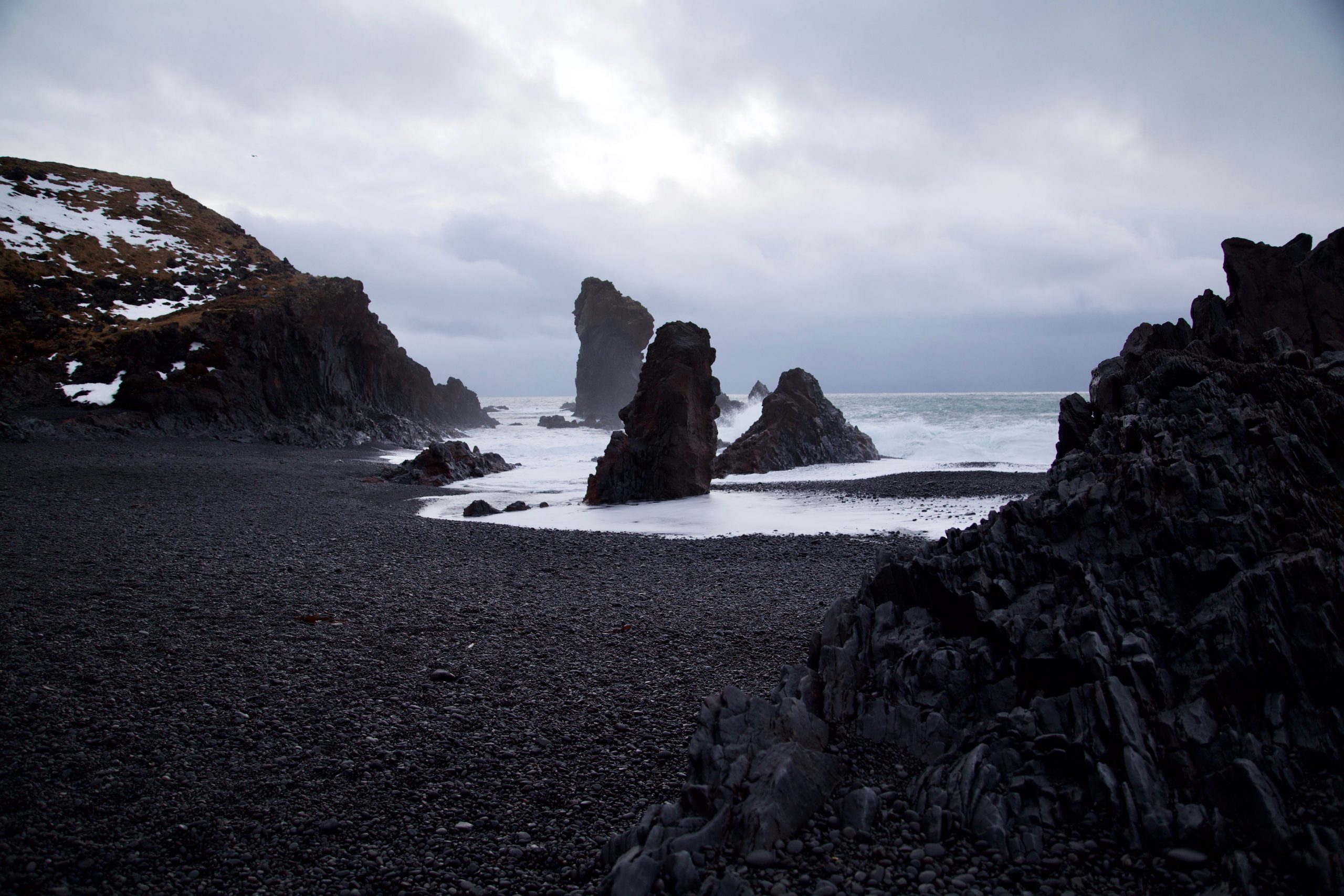
Comments are closed